Anime
Origins and History
Anime, a style of animation originating in Japan, has its roots in the early 20th century. The term "anime" is derived from the English word "animation" and in Japan, it is used to refer to all forms of animated media. Outside Japan, it is used specifically to refer to animation from Japan or animation style often characterized by colorful artwork, fantastical themes, and vibrant characters.
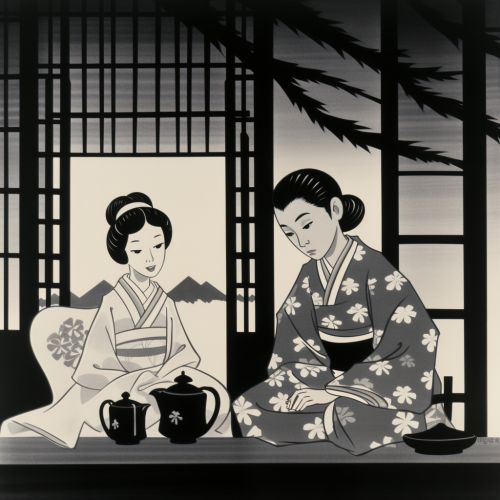
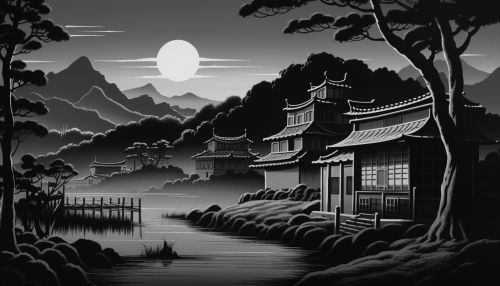
The first generation of anime was produced in the early 20th century. During this time, Japanese filmmakers began experimenting with animation techniques that were being developed in France, Germany, the United States, and Russia. The oldest known anime in existence first screened in 1917 – a two-minute clip of a samurai trying to test a new sword on his target, only to suffer defeat.
The period from the 1930s to the 1950s is considered the golden age of anime. During this time, anime was heavily influenced by the political climate of the time, with many animations being used for propaganda purposes during World War II.
Post-war anime saw a surge in production as the country used this form of art to help rebuild its identity. This period saw the emergence of successful animation studios such as Toei Animation and Mushi Production, and the establishment of anime as a significant genre of television programming.
Modern Anime
Modern anime emerged in the 1960s, with the production of Osamu Tezuka's Tetsuwan Atom, also known as Astro Boy. This series, influenced by the animations of Walt Disney, became incredibly popular and set the standard for many future anime productions.


In the 1980s and 1990s, anime became mainstream in Japan, and also gained significant popularity in foreign markets. Anime feature films and television series were being created for all age groups, resulting in anime becoming a major cultural export for Japan. This period also saw the rise of anime music videos, video games, light novels, and internet distribution, making anime a major part of modern Japanese culture.
The 2000s saw a boom in the popularity of anime outside Japan, with many anime series being dubbed into other languages. Anime conventions have become a prominent feature of fan culture, and companies such as Netflix and Amazon have begun to invest in the production and licensing of anime to cater to growing international interest.
Styles and Genres
Anime is a diverse art form with distinctive production methods and techniques that have been adapted over time in response to emergent technologies. It consists of an ideal story-telling mechanism, combining graphic art, characterization, cinematography, and other forms of imaginative and individualistic techniques.
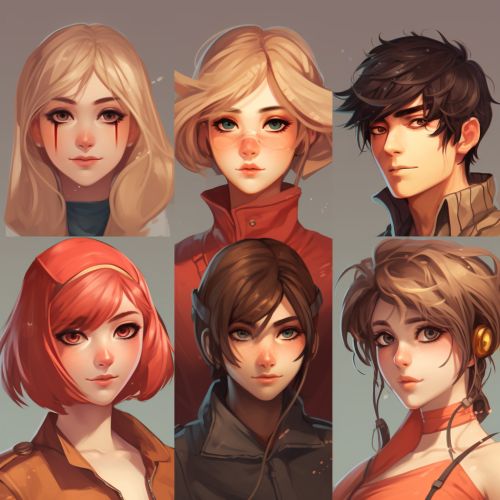
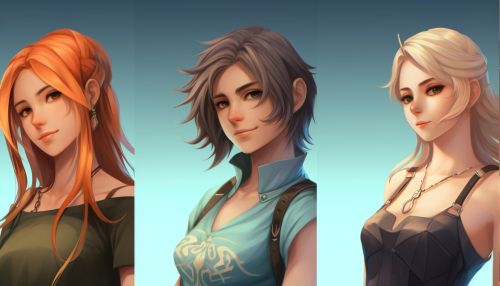
Anime can be categorized into numerous genres, including action, adventure, comedy, drama, slice of life, fantasy, magic, supernatural, horror, mystery, psychological, romance, and science fiction, among others. This diversity has led to a broad spectrum of series, movies, and OVAs (original video animations) that cater to various age groups and demographics.
Anime also includes a large range of artistic styles, varying from artist to artist. Some focus on realistic settings, while others are set in fantastical environments. Character design can range from realistically proportioned humans to exaggeratedly proportioned characters with large eyes and small mouths.
Production
Anime production involves a lot of complex processes, including concept development, scripting, character design and development, voice acting, animation, and sound design. The production of anime series and films is a large-scale process, often involving multiple production companies and a large team of animators, artists, voice actors, and other professionals.

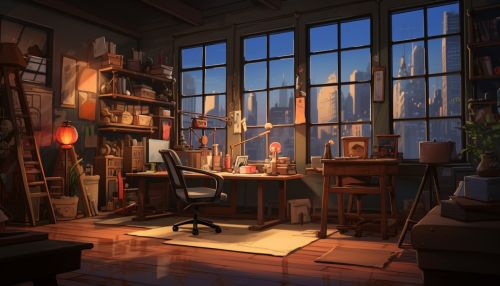
The process begins with the development of the concept, often based on existing manga, light novels, or video games. Once the concept is approved, a script is written, and character designs are developed. The animation process begins once the script and character designs are finalized. This involves creating storyboards, animating scenes, and adding sound effects and voice acting.
Impact and Influence
Anime has had a significant impact on global popular culture, influencing a variety of media and art forms. It has influenced animation worldwide, inspiring a variety of artists and animators. Anime has also had a significant impact on the perception of Japan in the international community.
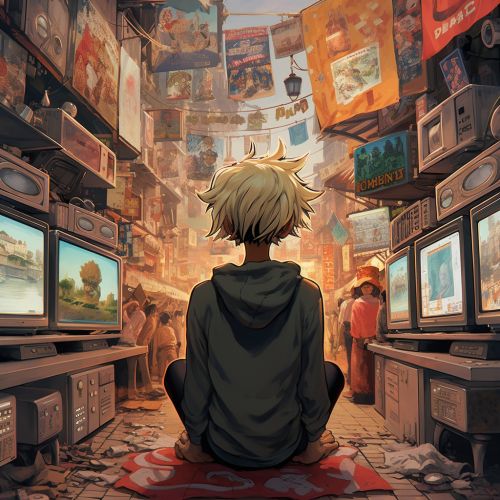

Anime has also influenced the video game industry, with many video games adopting anime art styles and storytelling techniques. Anime has also influenced music, fashion, and other forms of entertainment.
